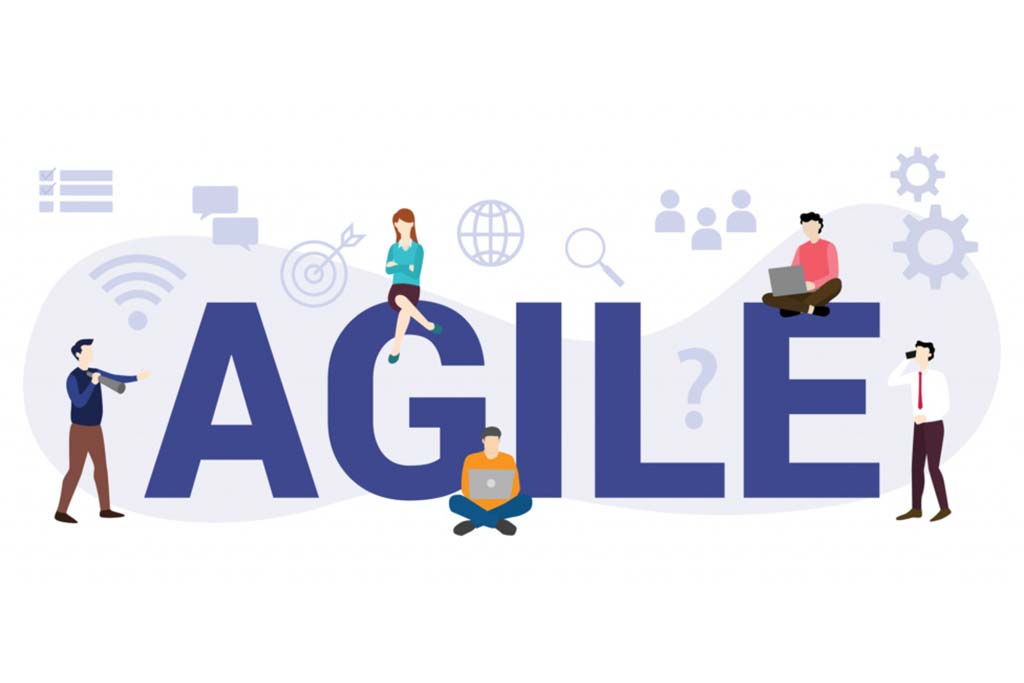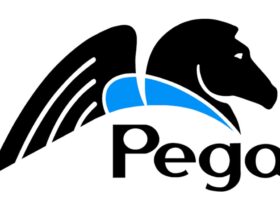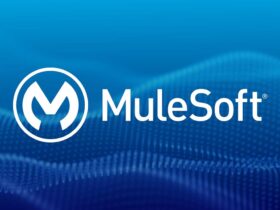This all began in early 2000 with 17 Software Designers in Oregon to explore ways in which to speed up production times, namely Martin Fowler, Jim Highsmith, Jon Kern, Jeff Sutherland, Ken Schwaber, including Bob Martin.
Agile is an iterative approach to project management and software development. To know more about it, scroll down and check out its features, definition, and career aspects.
What is Agile?
Agile is an iterative approach to project management and software development that helps teams deliver value to their customers faster and with fewer headaches. Instead of betting everything on a “big bang” launch, an agile team delivers work in small, but consumable, increments
About Agile
Agile software development is an umbrella term for a set of frameworks and practices based on the values and principles expressed in the Manifesto for Agile Software Development and the 12 Principles behind it. When you approach software development in a particular manner, it’s generally good to live by these values and principles and use them to help figure out the right things to do given your particular context.
Why Use Agile?
Teams choose agile so they can respond to changes in the marketplace or feedback from customers quickly without derailing a year’s worth of plans.
Who uses Agile?
Agile is a flexible methodology that can ultimately be used on nearly any large scale project in any industry, market, and company. Any of the following project teams can benefit from using Agile: Project teams that handle fast-changing deliverables such as technology products.
The Agile software development lifecycle (SDLC) was created with a single objective in mind: quick delivery of product builds through a gradual and iterative approach that focuses on adapting to and improving app quality from the perspective of the end consumer. Although IT departments and shops readily follow the target, the method system is not often properly implemented.
Certification for Agile
- PMI Agile Certified Practitioner (PMI-ACP)
- APMG International Agile Project Management (AgilePM)
- Scrum Alliance Certified Product Owner (CPO)
- Scrum Alliance Certified Enterprise Coach (CEC)
- org Professional Scrum Master (PSM)
- SAFe Scaled Agilist (SA)
- DAC Certified Disciplined Agilist (CDA)
Features of Agile
- Value-driven development.
- Continuous (adaptive) planning.
- Multi-level planning in agile development.
- Relative estimation.
- Emergent feature discovery.
- Continuous testing.
Agile Job Responsibilities
Agile teams are designed to be adaptable and agile, and it is the product owner’s duty to ensure they are achieving maximum value. The product owner represents the company and communicates to production what is important to produce. Trust is critical in these two positions.
Taking responsibility for estimating, planning, and managing all of his/her own tasks and reporting on progress. This role is essentially what a project manager might do on a very small scale.
A few of other responsibilities include-
- The formation of integrated teams comprised of cross-functional experts
- Knowledge experts with a deep understanding and perspective on the industry implications of their job areas
- Retaining Current customers systems that are capable of continuously iterating and improving SDLC workflows.
Agile Job Role
The three agile Scrum positions are fairly straightforward in their description of the three primary areas of duty on any Scrum Team, but they are frequently difficult to map to your own work title. As an example, consider the following:
Scrum Developer
If you possess a wealth of excellent skills for providing consumer service and this excites you, you can join a scrum production squad. Indeed, the team is the most critical component of any agile enterprise, since it is through them that clients and partners receive value. That is, seniority is measured by the ability to add value or assist others in doing so.
Product owner
If you are concerned about the client, stakeholder management, and the company domain, the product owner position is ideal for you. In most organisations, this individual must earn the business’s confidence and confidence in order to make decisions. Additionally, the job needs some degree of politicking when you discuss trade-offs and maintain consensus.
Scrum master
If you’re interested in assisting teams in working successfully together and also changing the environment by scrum and agile, the scrum master position is for you; it’s a really people-centric role that places a strong focus on coaching, training, and facilitation.
Top Location for Agile Job
These are the cities you’ll build your career as Agile
- Bangalore
- Pune
- Chennai
- Mumbai
Name of the companies hiring for Agile
These are the companies
- Accenture
- Philips
- Cognizant
- IBM
Salary packages for Agile Job
The average salary package for Scrum is ₹9.57LPA. And the salary varies from Company to Company
Where and therefore the way we are using this technology in real-time?
Agile works really well when the product vision or features are not well defined. Agile allows product owners to adjust requirements and priorities along the way to take advantage of opportunities and ultimately deliver a better product to all of the project stakeholders.
Does one need basic skills to wish to hunt out about this course?
- Basics of Scrum
- understanding SDLC
- Active Listening skills are Critical.
Conclusion
Hope the article helped you with a detailed understanding of the agile roles and career path.






Leave a Reply